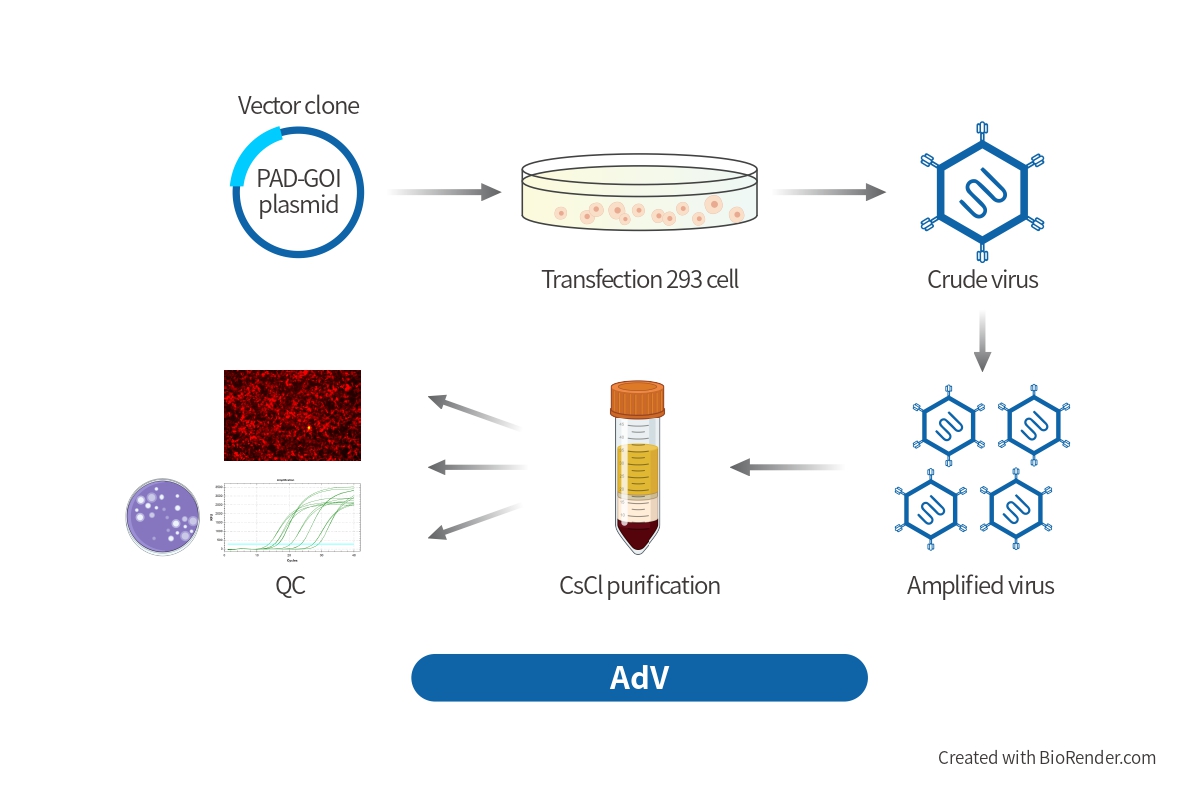ORF cDNA Expression Clones
BrainVTA have a large selection ORF library, spanning over 25,000 human, 23,000 mouse, and 5,000 rat genes with different fluorescent reporter(GFP, RFP, mCherry, mScarlet, etc).
We have many backbone to allow for ORFs to be quickly and easily transferred into a large panel of destination vectors with a variety of promoter, reporter, and tag options.
- Extensive Collection
Over 5,000 human, 3,000 mouse, and 2,000 rat genes cDNA clones available in our entry vector. - Quality Control
All constructs are sequence-verified and guaranteed to contain the ORF of interest. - Flexible Shuttling
ORFs can be easily shuttled into different vector backbones with a variety of promoter, reporter, and tag options.
Need custom products
Do not find the needed ones? We can also provide cloning services to allow you to fully customize your order, including over-express any genes (wild-type, mutant or synthetic) or to silence/knock-down/knock-out/knock-in any genes. If you already have the ORF in plasmids, you just need to send the min- plasmids to us. Contact for more information!
References
- Chen ZP, Wang S, Zhao X, Fang W, Wang Z, Ye H, Wang MJ, Ke L, Huang T, Lv P, Jiang X, Zhang Q, Li L, Xie ST, Zhu JN, Hang C, Chen D, Liu X, Yan C. Lipid-accumulated reactive astrocytes promote disease progression in epilepsy. https://www.nature.com/articles/s41593-023-01288-6
- de León Reyes NS, Sierra Díaz P, Nogueira R, Ruiz-Pino A, Nomura Y, de Solis CA, Schulkin J, Asok A, Leroy F. Corticotropin-releasing hormone signaling from prefrontal cortex to lateral septum suppresses interaction with familiar mice. Cell. 2023 Sep 14;186(19):4152-4







